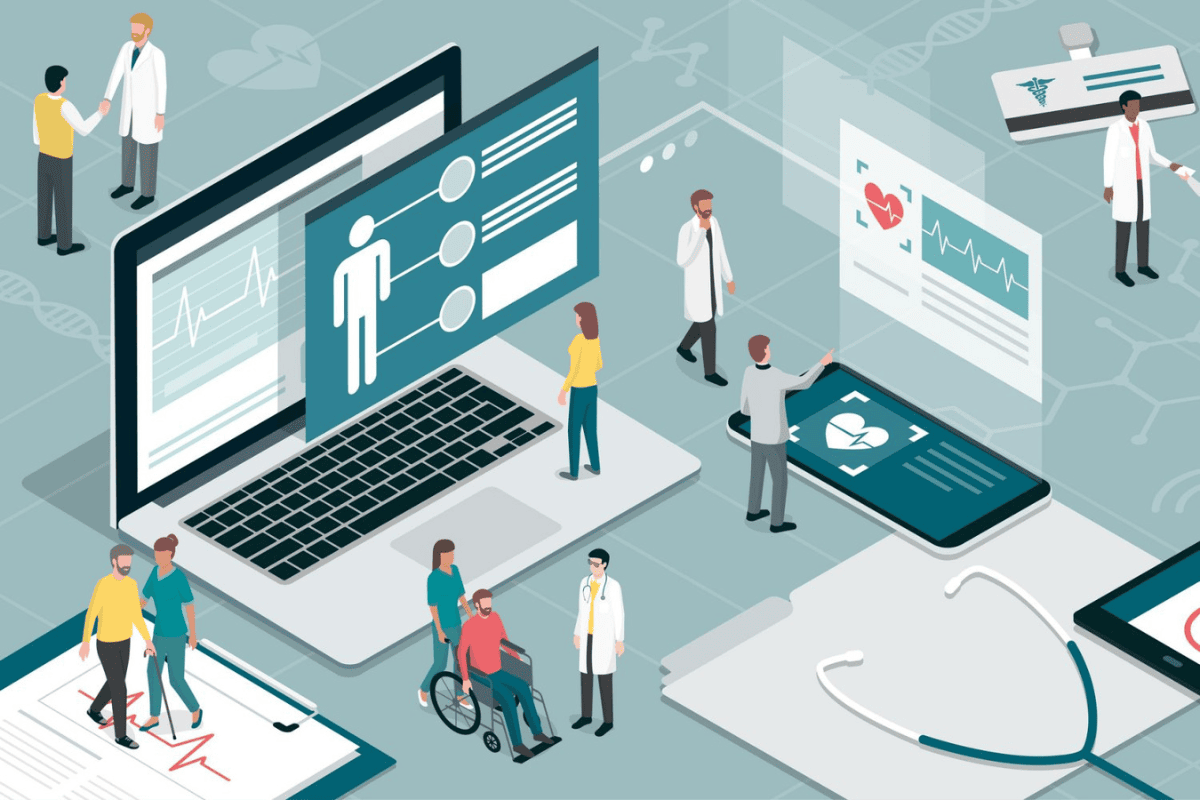In the age of hashtags and trending topics, our digital footprints on social media platforms have become more than just markers of personal experiences; they’ve become dynamic sources of insight into public health trends. Imagine a world where influencers wield the power to shape discussions on symptoms, where the nuances of language hold the key to uncovering emerging diseases, and where images and videos on your feed provide a visual narrative of health experiences. This casual science article delves into the fascinating realm where social media intersects with disease forecasting.
From decoding the influence of health-centric influencers to analyzing the language nuances embedded in online discussions, and exploring the visual narratives shared by individuals, we embark on a journey through the digital landscape where tweets, posts, and shares become valuable tools for predicting and understanding disease outbreaks. Join us as we navigate the dynamic fusion of traditional and digital surveillance methods, exploring how the interconnected world of social media is revolutionizing the way we approach public health in the 21st century.

Real-time Data Monitoring
The creation of social media has ushered in an era of unparalleled real-time data monitoring for public health officials. By immersing themselves in the dynamic flow of user-generated content on platforms like Twitter, Facebook, and Instagram, professionals can gain valuable insights into emerging health concerns. The real-time nature of these platforms allows for the swift identification of discussions related to symptoms, illnesses, and general health issues. Algorithms and machine learning tools can be harnessed to sift through vast amounts of data, detecting patterns and anomalies that may signify the onset of a disease outbreak.
One of the key advantages of real-time data monitoring is the ability to act swiftly in response to emerging health threats. Public health agencies can establish automated systems that flag unusual spikes in health-related discussions, prompting immediate investigation and intervention. The timely identification of potential outbreaks allows for the allocation of resources, deployment of healthcare personnel, and implementation of preventive measures before a situation escalates. As a result, social media becomes a powerful tool not only for retrospective analysis but for proactive and responsive public health strategies, ultimately contributing to the early detection and containment of disease outbreaks.
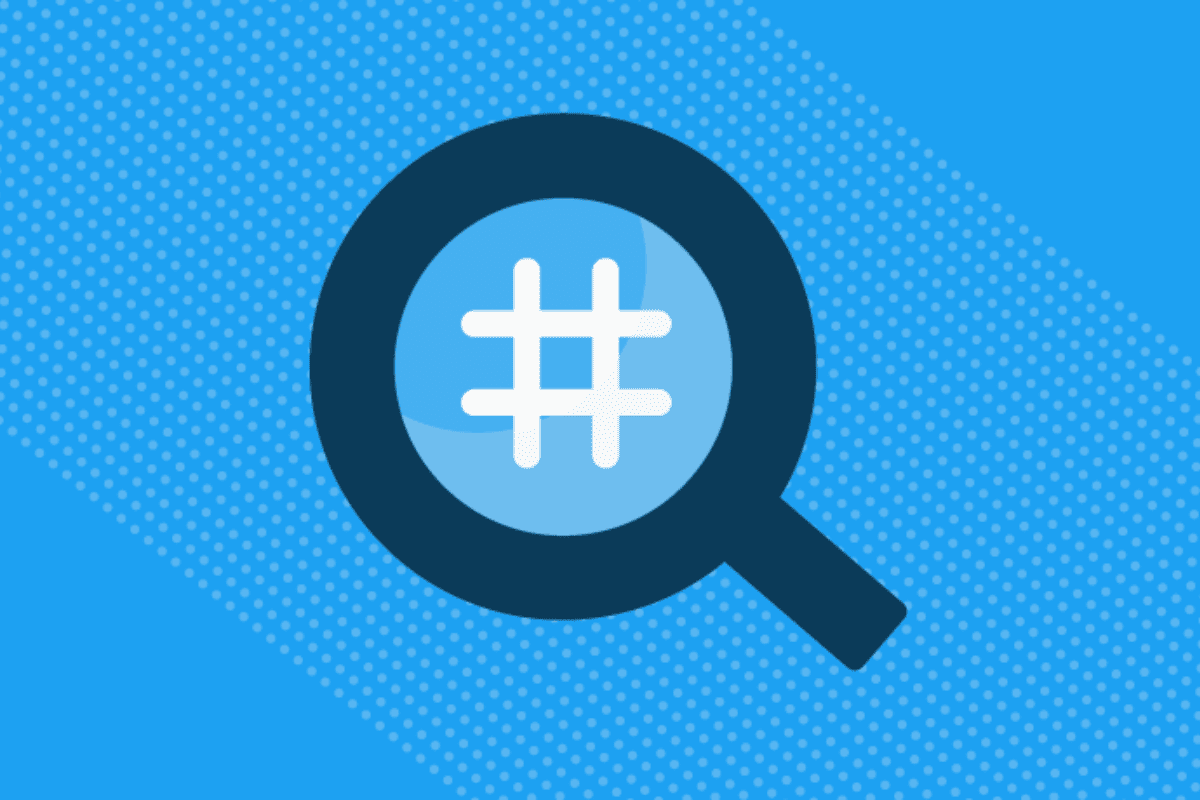
Trending Topics and Hashtags
Trending topics and popular hashtags serve as beacons guiding public health officials toward potential disease outbreaks. These digital markers highlight what captures the attention of the online community, including discussions about symptoms, illnesses, and health concerns. By closely monitoring these trends, health professionals can identify patterns indicative of emerging health threats, allowing for a targeted and timely response.
Analyzing trending topics and hashtags provides a window into the collective consciousness of social media users. A sudden surge in discussions about specific symptoms or diseases can signify a growing public awareness or concern, even before formal reports are filed. This early warning system enables public health agencies to mobilize resources, engage with affected communities, and tailor communication strategies to address prevalent questions and concerns. The synergy between trending topics and public health surveillance illustrates how social media, as a reflection of societal discourse, can be a valuable source of information for forecasting and managing disease outbreaks.
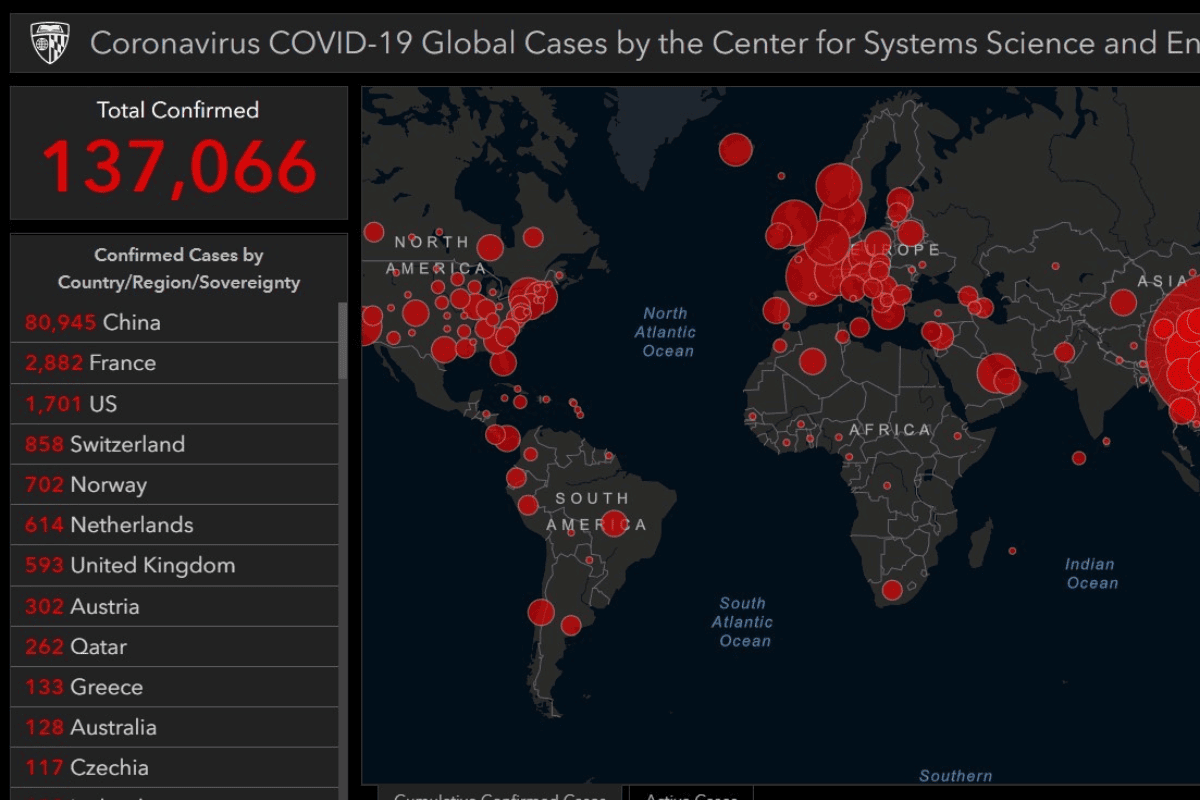
Geospatial Analysis
The integration of geospatial analysis with social media data adds a spatial dimension to the understanding of disease dynamics. Many social media users voluntarily share their location information, providing a geotagged layer to posts and discussions. This geospatial information allows public health officials to map the prevalence of disease-related conversations across specific geographic areas, offering insights into potential hotspots and regional variations.
Geospatial analysis is particularly advantageous in the context of disease surveillance and forecasting. By visualizing the geographic distribution of health-related discussions, authorities can identify clusters and patterns that may be indicative of localized outbreaks. This information is instrumental in strategic resource allocation, enabling healthcare organizations to deploy personnel, medical supplies, and awareness campaigns to areas at higher risk. The combination of social media data and geospatial analysis thus transforms online conversations into actionable intelligence, facilitating a targeted and efficient response to potential disease outbreaks.
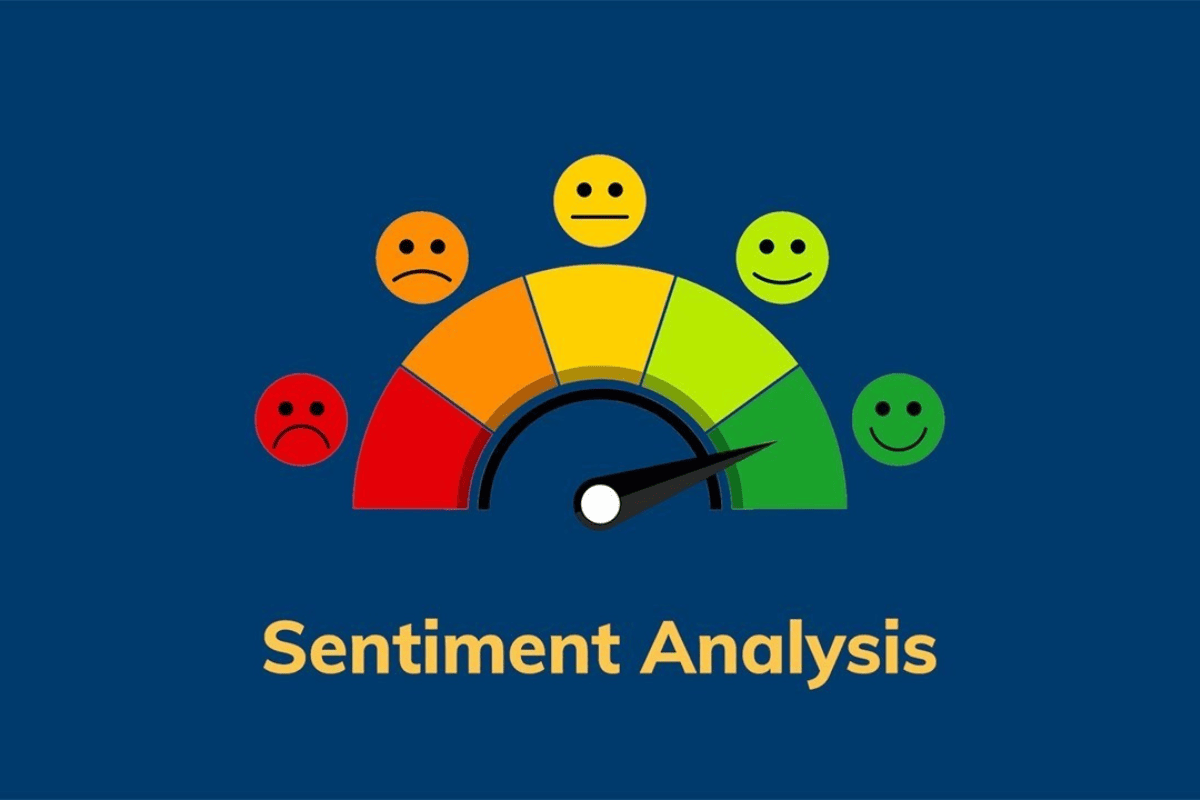
Sentiment Analysis
Beyond the raw data of posts and comments, sentiment analysis explores the emotional undercurrents of social media discussions surrounding health. The sentiment expressed in user-generated content—whether it be positive, negative, or neutral—offers a qualitative layer to the quantitative information gathered. In the context of disease forecasting, monitoring sentiment becomes a valuable tool for gauging the severity and public perception of a potential outbreak.
An increase in negative sentiments or expressions of concern in health-related discussions may precede formal reports of an outbreak. This emotional intelligence derived from social media can act as an early warning signal, providing public health officials with insights into the perceived severity of a health issue within the community. By understanding the emotional context, authorities can tailor communication strategies to address specific concerns, alleviate fears, and foster public cooperation. Sentiment analysis, therefore, transforms social media into a dynamic landscape where the pulse of public perception becomes a crucial component of proactive disease surveillance.
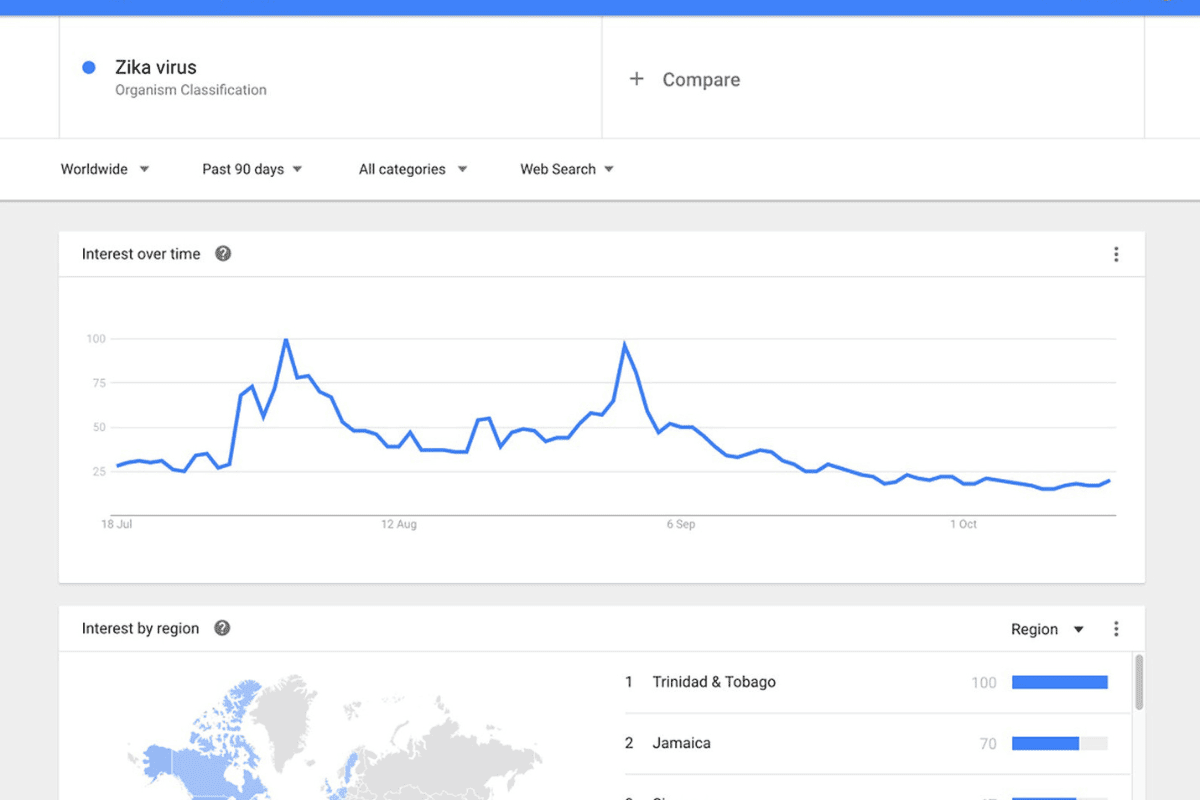
Google Trends and Search Queries
While not strictly confined to social media platforms, the monitoring of Google Trends and search queries complements social media data in the broader landscape of online health surveillance. The collective information-seeking behavior of millions of users manifests in search trends that can serve as an additional indicator of emerging health concerns. By analyzing the frequency and patterns of health-related searches, public health officials can uncover early signals that may precede or coincide with the initial stages of a disease outbreak.
The advantage of Google Trends and search queries lies in their ability to capture a broader spectrum of online user behavior. Search trends can reveal what information users are actively seeking, shedding light on emerging health concerns that may not be explicitly discussed on social media platforms. This collaborative approach, incorporating both social media and search engine data, provides a more comprehensive understanding of the online landscape, enhancing the ability to detect and forecast disease outbreaks.
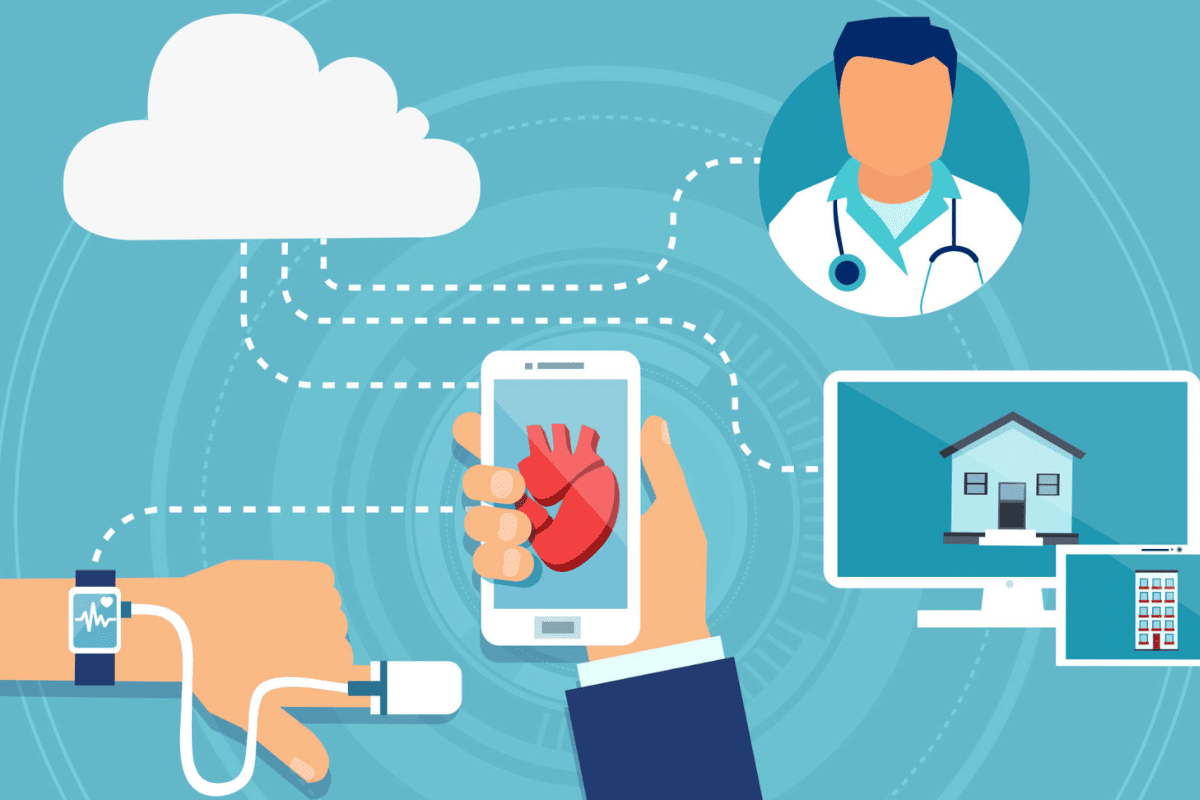
Monitoring Self-Reported Symptoms
One of the unique aspects of social media is its role as a platform for individuals to share personal experiences, including details about their health. Users often turn to social media to express their symptoms, recovery journeys, and overall health status. Analyzing this self-reported information provides public health officials with a grassroots perspective on emerging health issues, potentially uncovering patterns and clusters that precede formal medical reports.
The richness of self-reported symptoms on social media adds granularity to the understanding of disease dynamics. Rather than relying solely on clinical data, health authorities can tap into the real-world experiences of individuals, gaining insights into the early stages of an outbreak. This grassroots intelligence, contributed voluntarily by users, serves as a complementary source of information that enhances the overall situational awareness for public health agencies. The integration of self-reported symptoms into disease surveillance efforts exemplifies how social media acts as a decentralized and participatory tool for early detection.
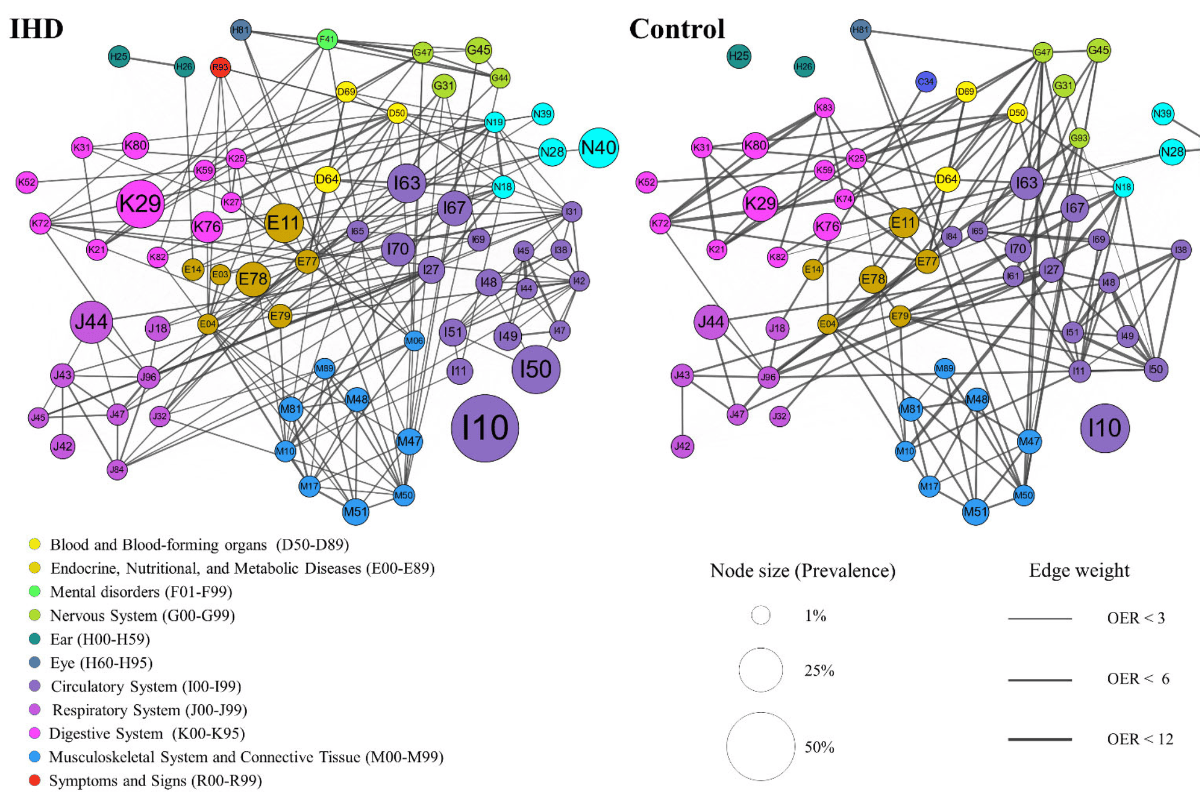
Network Analysis
Social media is not merely a collection of isolated voices but an intricate web of connections and relationships. Network analysis involves unraveling these digital connections to understand how information—and by extension, diseases—might spread through social networks. By identifying key influencers, clusters of connections, and potential pathways for information dissemination, public health officials can enhance their ability to forecast and manage disease outbreaks.
The power of network analysis lies in its capacity to reveal hidden patterns and connections that may not be immediately apparent. If a user with a significant online presence reports symptoms or illness, it may indicate a potential spread within their social circle. By mapping these connections, health authorities can tailor interventions to specific communities, demographics, or geographic regions, maximizing the impact of their efforts. Network analysis thus transforms social media from a sea of individual voices into a dynamic ecosystem where the interplay of connections shapes the landscape of disease dynamics.

Identification of High-Risk Groups
Social media analytics not only reveal the spread of information but also shed light on specific demographic groups that may be more susceptible to or affected by certain diseases. Understanding the dynamics of these high-risk groups is essential for targeted public health interventions. By analyzing social media data, health authorities can identify patterns and trends within specific communities, demographics, or population segments.
The identification of high-risk groups through social media analytics allows for a more nuanced and targeted approach to public health interventions. Tailoring communication strategies, awareness campaigns, and preventive measures to the unique needs and challenges of these populations enhances the effectiveness of outreach efforts. Engaging with these communities through social media platforms facilitates a two-way dialogue, enabling health authorities to understand and address specific concerns while fostering a sense of trust and cooperation. In this way, social media transforms into a tool for targeted and equitable public health interventions.
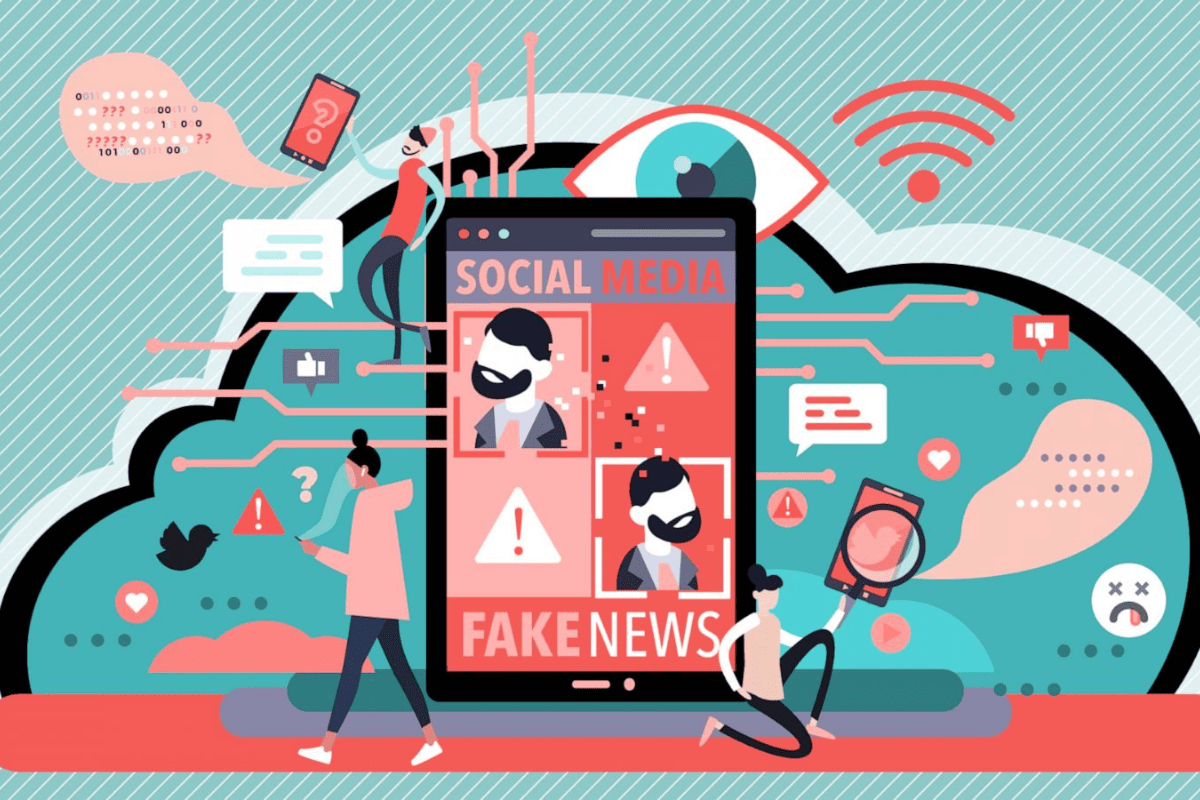
Monitoring Misinformation and Rumors
The rapid dissemination of information, both accurate and inaccurate, is a hallmark of social media. During disease outbreaks, the spread of misinformation and rumors can significantly impact public perception, hinder control efforts, and erode trust in health authorities. Monitoring social media for misinformation becomes a critical component of disease forecasting, requiring swift identification and response to mitigate the impact of false information.
Social media platforms provide a platform for the rapid spread of rumors and unverified information, making it essential for health authorities to actively counteract misinformation. Automated systems, coupled with human oversight, can identify and flag false information, allowing for timely corrections and clarifications. The battle against misinformation on social media underscores the importance of not only monitoring the emergence of health threats but also actively engaging with the online community to provide accurate information and maintain public trust.
Collaboration with Online Health Communities
Within the majority of social media platforms. Online health communities serve as hubs where individuals share experiences, concerns, and information related to health issues. Actively engaging with these communities provides public health officials with a direct line to the grassroots level of health discourse. The collaborative approach fosters a sense of community between health authorities and the public, creating a more responsive and adaptive system for disease surveillance and control.
Online health communities offer a unique perspective, often capturing nuances and details that might be overlooked through traditional surveillance methods. By participating in these communities, health authorities can gain insights into the challenges faced by individuals dealing with specific health conditions. This firsthand knowledge contributes to a more comprehensive understanding of health trends, enabling health agencies to tailor interventions, disseminate relevant information, and provide support to those in need. The collaboration with online health communities exemplifies the bidirectional nature of social media in public health, where the collective wisdom of the crowd becomes a valuable asset in the fight against emerging health threats.
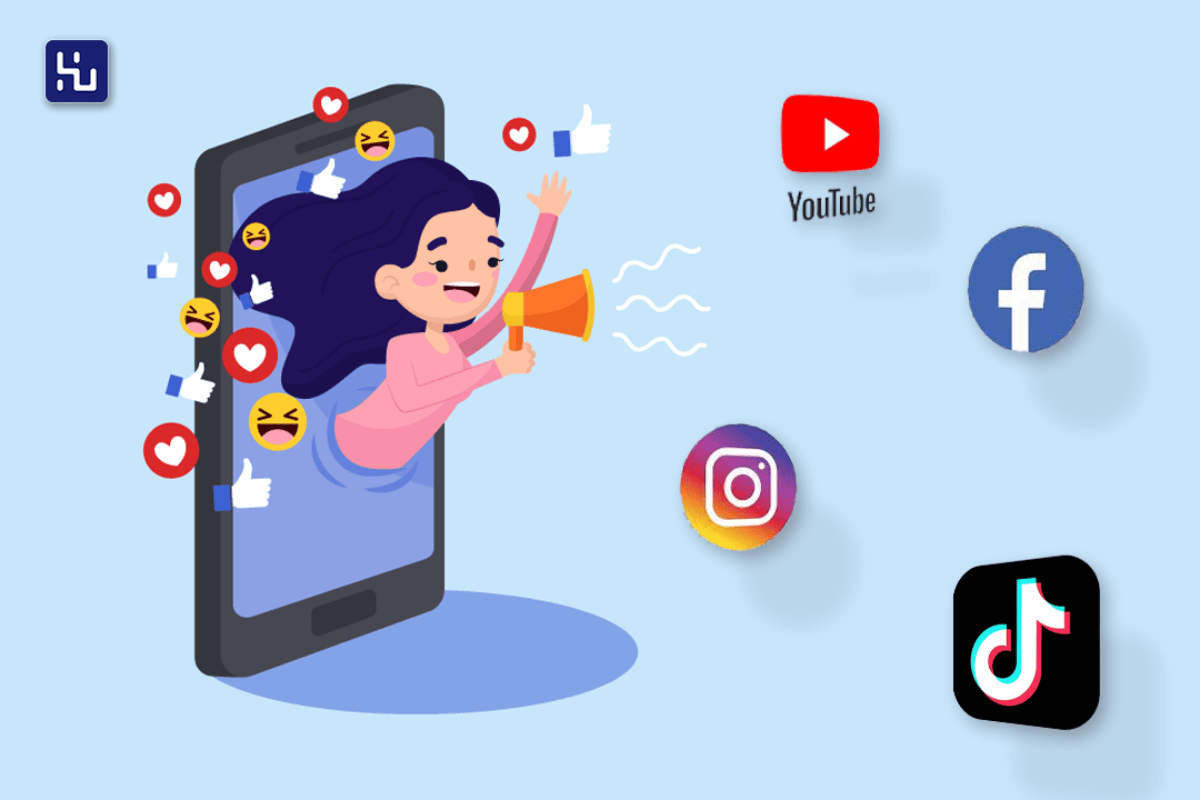
Influencer Impact
Among other forecasts, influencers play a pivotal role in shaping public opinions and behaviors. When it comes to health-related discussions, influencers hold the potential to impact a vast audience. Monitoring the posts and discussions initiated by influencers can provide profound insights into the dissemination of health-related information and its subsequent influence on public perception.
Understanding how health information spreads through social networks is crucial. Influencers, with their large following, act as conduits for health-related messages. Analyzing their engagement with topics such as symptoms, preventive measures, or public health campaigns unveils the pathways through which information travels. By assessing the reach and resonance of health-related content shared by influencers, public health professionals can better comprehend the dynamics of information flow within online communities. This not only aids in gauging the impact of influencers on health discussions but also allows for targeted interventions to amplify accurate information and counter misinformation, contributing to a more informed and resilient public.
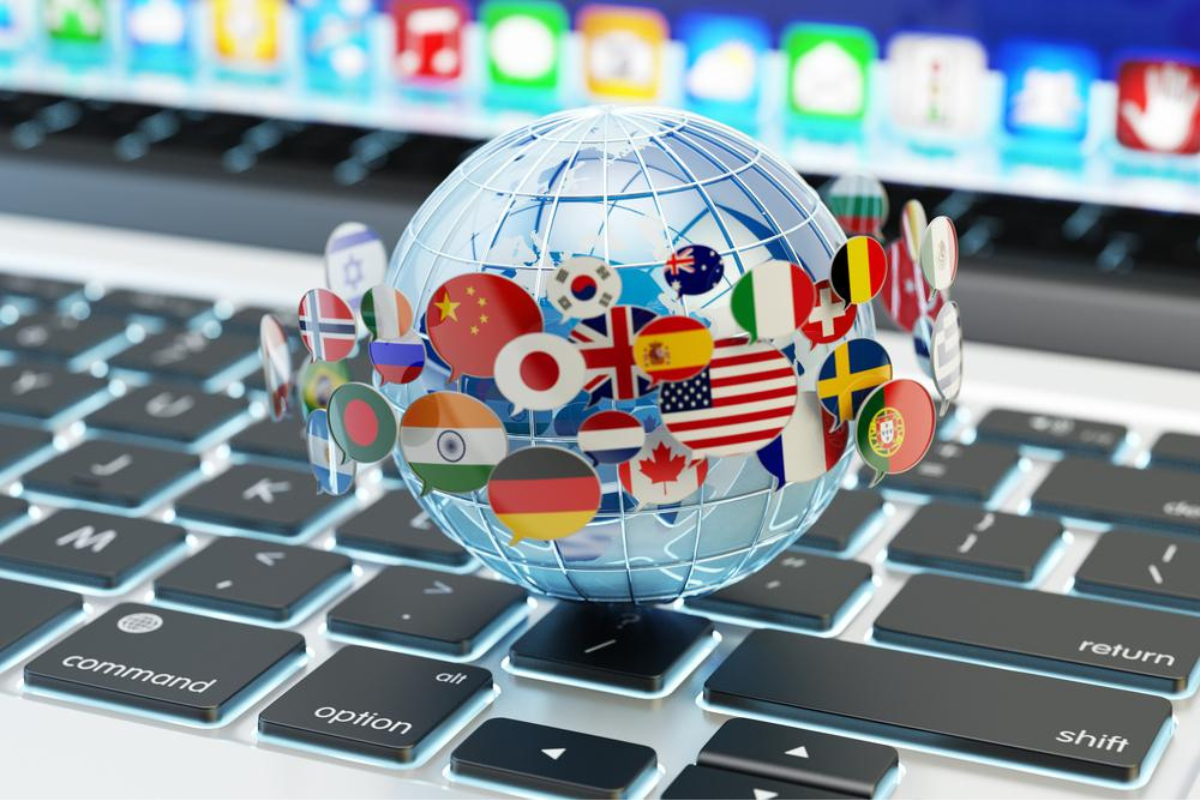
Language Analysis
Unsurprisingly, Language serves as a rich source of information for disease surveillance. Each post, tweet, or comment becomes a piece of the puzzle, contributing to the overall understanding of emerging health concerns. Language analysis, in the context of social media, involves deciphering the specific terms, phrases, and expressions used by users when discussing symptoms, diseases, or health-related experiences.
By scrutinizing the linguistic nuances in social media content, health experts can identify linguistic markers associated with potential disease outbreaks. This involves the detection of key terms or trending phrases that indicate a surge in health-related discussions. Additionally, language analysis can unveil sentiment patterns, providing insights into the emotional tone surrounding health issues. Tracking the evolution of language use over time allows for the identification of emerging health concerns and the assessment of public sentiment dynamics. This linguistic approach to disease surveillance on social media complements traditional methods and enhances the ability to detect and respond to health threats swiftly.

Image and Video Analysis
The advent of image and video sharing on social media platforms has transformed how individuals communicate and share experiences. In the realm of disease forecasting, analyzing visual content becomes a valuable asset in understanding health narratives in the digital age. Platforms that support multimedia sharing enable the examination of images and videos related to symptoms, treatment experiences, or public health campaigns.
Visual content provides a unique dimension to disease surveillance by offering a glimpse into the real-world experiences of individuals. By employing image and video analysis, health professionals can identify visual cues associated with specific diseases or symptoms. This can include patterns of imagery related to rashes, respiratory distress, or other visible indicators of health conditions. Furthermore, the analysis of multimedia content allows for a more comprehensive assessment of public perceptions and reactions to health-related events. Integrating visual data into disease forecasting models enhances the quality of information available to public health practitioners, contributing to a more nuanced understanding of emerging health trends.
Where Do We Find This Stuff? Here Are Our Sources:
Real-time Data Monitoring:
Trending Topics and Hashtags:
Geospatial Analysis:
Sentiment Analysis:
Google Trends and Search Queries:
Monitoring Self-Reported Symptoms:
Network Analysis:
Identification of High-Risk Groups:
Monitoring Misinformation and Rumors:
Collaboration with Online Health Communities:
Influencer Impact:
Language Analysis:
Image and Video Analysis:

